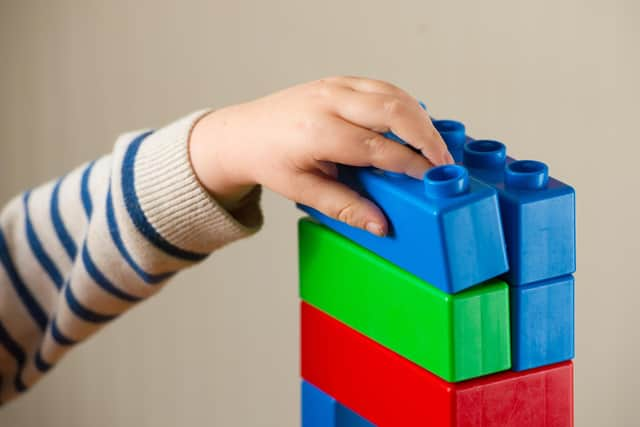Rise in child benefit claims in Central Bedfordshire - against the national trend
and live on Freeview channel 276
More Central Bedfordshire families received child benefits last year, new figures show.
However, across the UK, a record low number received support, following a downward trend since a change to the rules was introduced in 2013.
Advertisement
Hide AdAdvertisement
Hide AdFigures from HMRC show around 31,890 families in Central Bedfordshire were in receipt of benefits for 53,705 children in the 12 months to August. This was 90 more families than the year before.


While the amount received by parents increased in April, a charity warned it “still won’t give families the fair and simple system they need to help with the extra costs children bring”.
Only one parent per family can claim child benefit and there is no limit to how many children it’s claimed for. On April 6, it rose to £25.60 a week from £24 for the eldest or only child, and £16.95 for younger children, up from £15.90.
However, Alison Garnham, CEO of the Child Poverty Action Group, said the support has lost 20% of its value since 2010, so families who manage to make a successful claim are still left to struggle against rising prices.
Advertisement
Hide AdAdvertisement
Hide AdNationally, fewer families than ever were receiving child benefits – 6.9 million – down from 7 million in 2022 and from a record of 7.9 million in 2012, before the High Income Child Benefit Charge was introduced. In Central Bedfordshire, this has fallen slightly by 6% since 2012.
The HICBC was introduced in January 2013 and did not affect a child’s entitlement, but meant the recipient would be liable to repay some or all of their entitlement if their income, or their partner’s income, exceeded £50,000 per year. The threshold has increased to £60,000 as announced at the Spring Budget.
Thomas Cave, policy manager at The Children’s Society, said it is a welcome change.
He said: “The Government has also announced plans to change the calculation, so it isn’t just based on the highest earner in a household but the total household income. This should make the system much fairer, especially for single parent families.
Advertisement
Hide AdAdvertisement
Hide Ad“Every child should get the support they need to thrive, but at the moment many families are struggling to afford the essentials and we urge the Government to invest more in social security for children in low-income families through child benefit and universal credit.”
In 2023, a record number of families opted out of receiving the payments – 741,305. This included around 5,670 in Central Bedfordshire, up from 5,120 the year before.
Ms Garnham said: “Every kid deserves the best start in life but too many have been let down by this Government.
“Child benefit was designed to support all children, but years of tweaks and tinkering have created a confusing, unfair system that leaves many families ineligible or puts them off claiming.
Advertisement
Hide AdAdvertisement
Hide Ad“Just as we provide universal support to pensioners, every child should be backed by child benefit and every family should have the security it brings. Universal child benefit should be restored and its value increased by £20 per week.”
A Treasury spokesperson said: “Increasing the High Income Child Benefit Charge (HICBC) threshold from £50,000 to £60,000 mean that almost half a million working families will gain an average of £1,260 towards the cost of raising their children in 2024-25.
“We are also exploring how we can simplify the system, for example by assessing Child Benefit on a household rather than individual basis.”